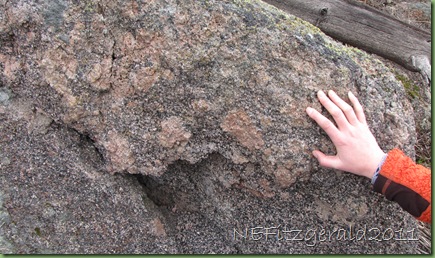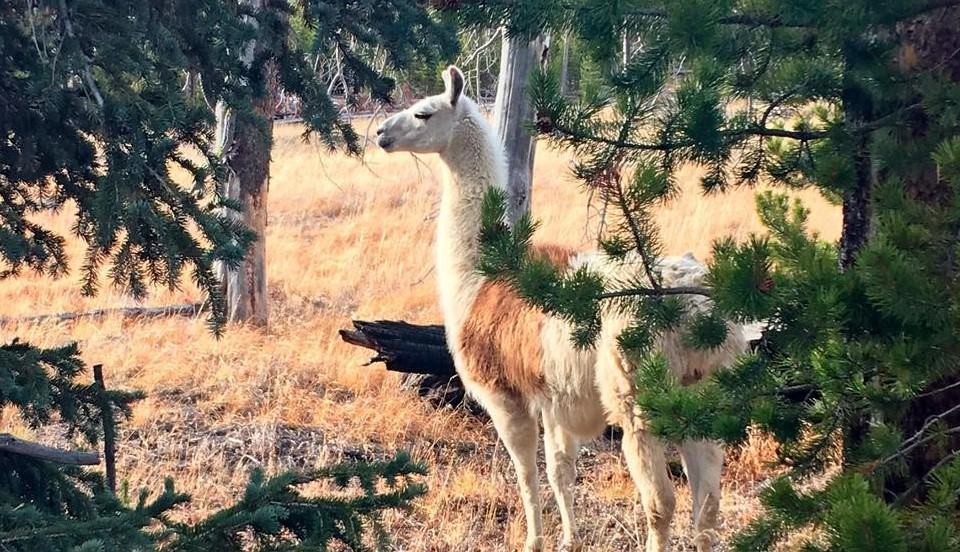I’m back and I’m blogging! It’s been a whirlwind week since I’ve been able to post anything. As an interpretive ranger here at Yellowstone I am required to prepare and present seven different original programs on various topics, and believe me, that prep time really takes a serious chunk out of any leisure opportunities.
Although most of my spare time has been taken up with reading about and composing programs on the resource that is Yellowstone, I had a major breakthrough yesterday. I devoted an entire day off to pounding out the grand-daddy of them all, my evening program – and I finished! Ninety-four PowerPoint images later, I have what I consider a nicely put-together, 45-minute evening program on – what else? – the geology of Yellowstone. I gave it the enticing title “Sleeping Giant.”
I have had some down time and found a few good chances to hike, however. Last Friday, hiking-buddy-Sasha-who has-the-same-day-off-as-me and I drove over to the Old Faithful area with the intention of getting to Mallard Lake. Our goal was to do the 3.1–mile trail which gradually climbs one of the resurgent domes of the ginormous subterranean magma chamber lurking beneath the park.


As Sasha mused over mushrooms, I took notice of the boulders and what looked to me like bubbles of glassy obsidian. There were obsidian gravels everywhere, eroding like crystals from a granite (although I knew this wasn’t the case), and some of the obsidian was mahogany. Exciting! My geologic map of Yellowstone describes these volcanic rocks as simply “Quaternary Central Plateau Rhyolites” without going into more detail about specific flow names or dates.




At around 2.5 miles we got turned back by too much snow and decided a cool beer at Old Faithful Inn would be a lovely ending to our afternoon of barely strenuous trekking. So we said our thanks and goodbyes to the chipmunks, marmots, and obsidian of Mallard Lake Trail and toodled our way back down the path.









